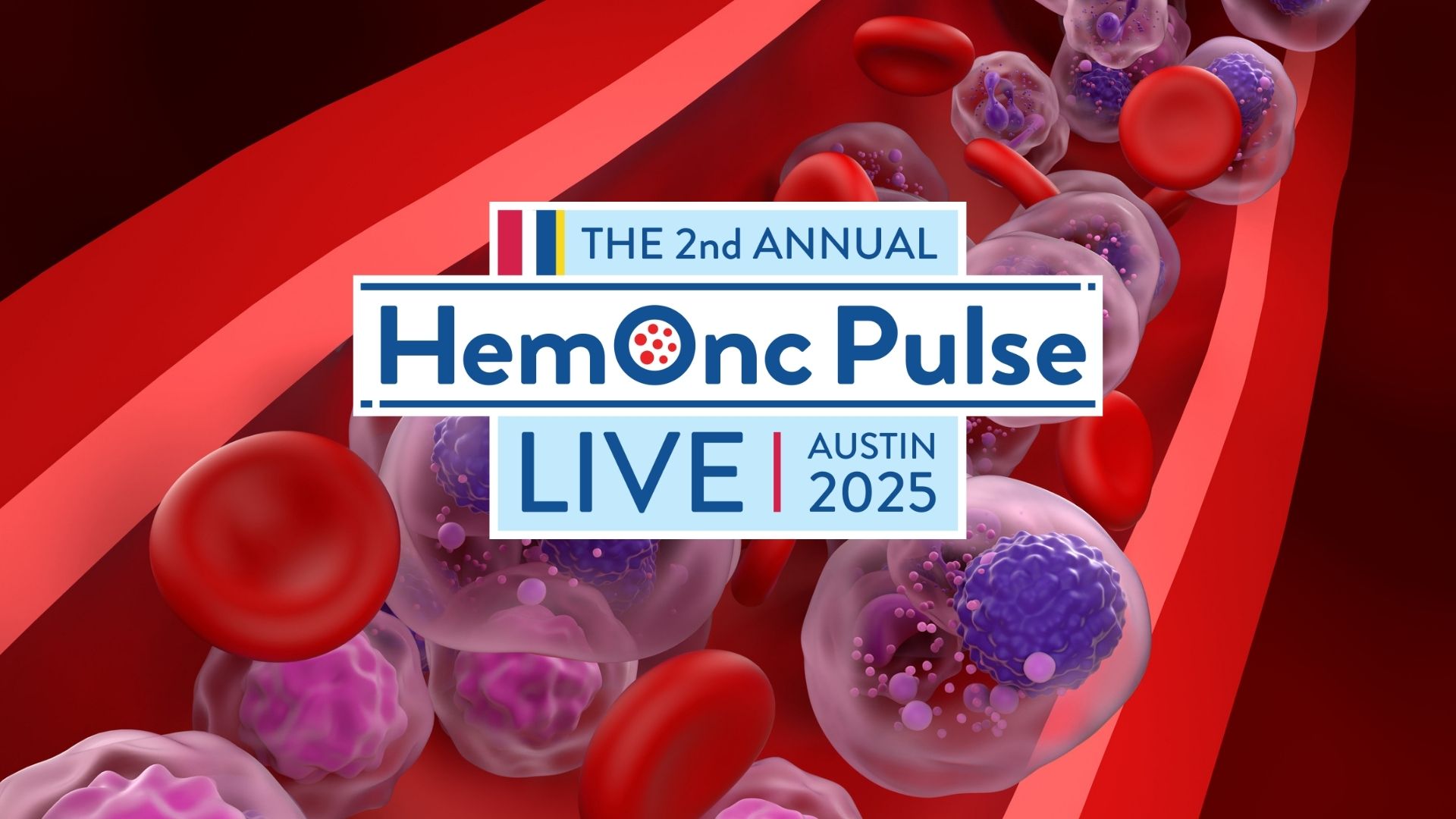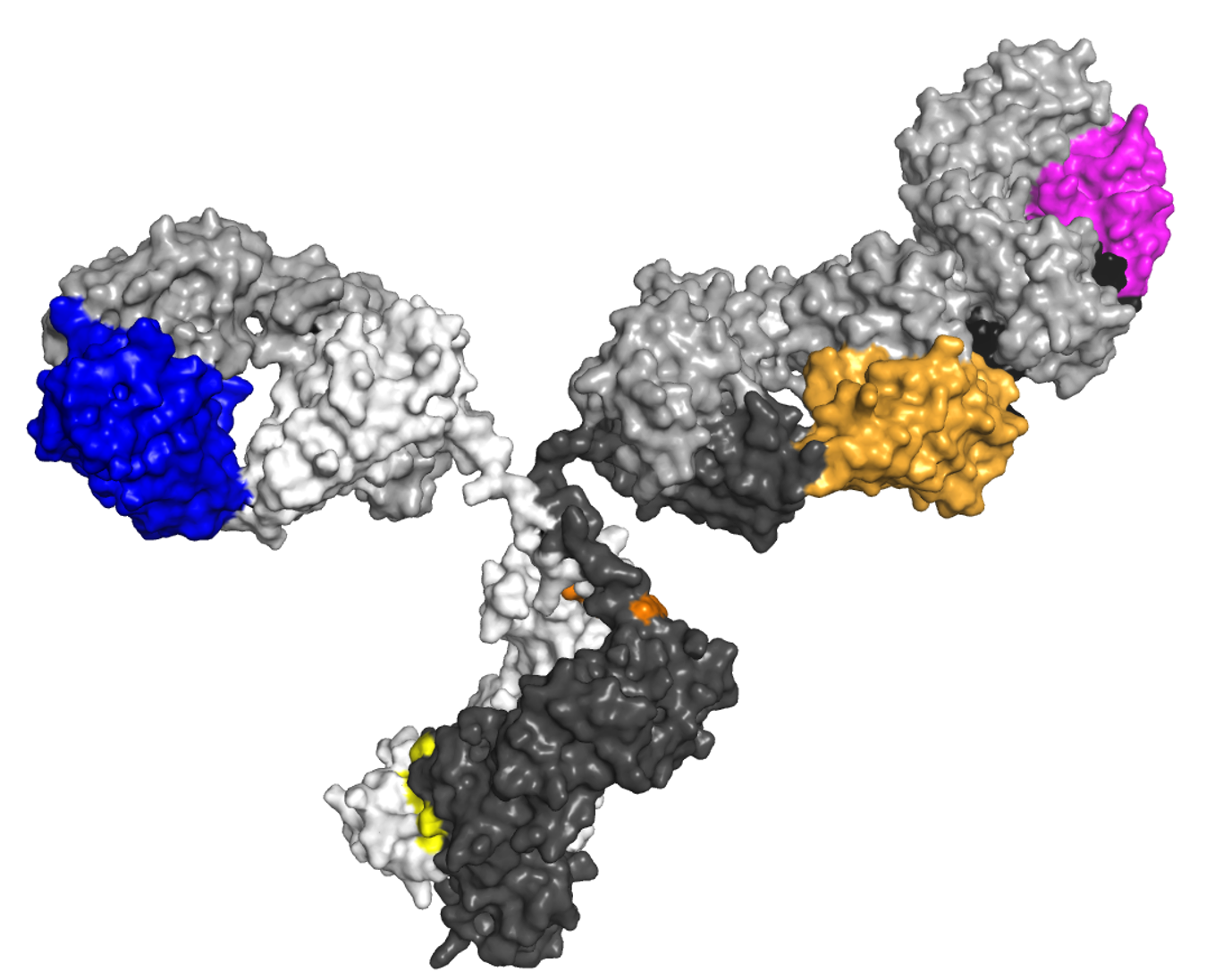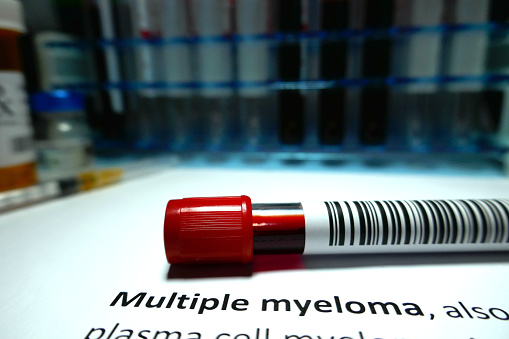
A survey of oncologists who treat multiple myeloma (MM) revealed that most MM therapies were accessible in both low- and high-income countries, but novel therapies such as isatuximab, ixazomib, selinexor, and elotuzumab were less accessible.
The survey, led by Aytaj Mammadzadeh, MD, of the US Myeloma Innovations Research Collaborative (USMIRC) in Kansas City, aimed to examine global access to MM medications, including 14 chemoimmunotherapy options and autologous stem cell transplant (ASCT).
In collaboration with USMIRC, the survey included 95 oncologists from 33 countries outside the United States. Fifty-six percent of participants were from Asia, 19% from Europe, 12% from South America, 7% from Africa, 3% from Oceania, and 3% from North America (Canada and Mexico).
The survey included questions on demographics, access, and perceived barriers. Participants chose either “easily accessible,” “moderately accessible,” “not readily accessible,” or “no access” for each therapy.
Cyclophosphamide, lenalidomide, pomalidomide, daratumumab, bortezomib, and ASCT were adequately available in low- and high-income countries; elotuzumab and selinexor were limited in both low- and high-income countries; and ixazomib and isatuximab were limited in low-income countries but considered “low-intermediate” in high-income countries.
Europe had adequate or high-intermediate access to 12 of 14 treatments; Oceania and Asia had adequate or high-intermediate access to 10 treatments; South America had adequate or high-intermediate access to nine treatments; and North America and Africa had adequate or high-intermediate access to seven treatments.
The researchers hypothesized that North America and Africa had the least access to therapies because both low- and high-income countries have prioritized access to cost-effective treatments, while treatments with higher costs are generally limited. Reasons for limited access include the financial burden for the health care system, limitations in local agency approval, inadequate chemotherapy suite resources, and inadequate staffing.
Following the survey, USMIRC plans to investigate solutions to limited treatment access and pursue global collaborative efforts to decrease treatment disparities.
Reference
Mammadzadeh A, Shatnawi Y, Atallah R, et al. Global access to multiple myeloma medications (GLAMM-2 Study): Access and barriers to chemoimmunotherapies and transplant. Abstract #4727. Presented at the 65th ASH Annual Meeting and Exposition; December 9-12, 2023; San Diego, California.






 © 2025 Mashup Media, LLC, a Formedics Property. All Rights Reserved.
© 2025 Mashup Media, LLC, a Formedics Property. All Rights Reserved.